Battling The Elements: How Climate Change Is Affecting Golf Courses
Some of the country’s best-known courses are facing immediate or future threat from the forces of nature
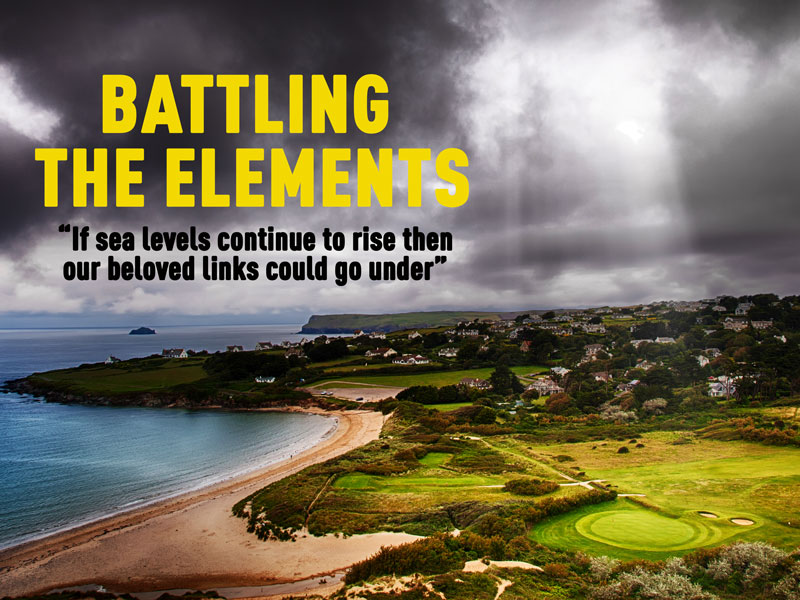

Some of the country’s best-known courses are facing immediate or future threat from the forces of nature
Battling The Elements: How Climate Change Is Affecting Golf Courses
Climate change affects us all and has an impact on multiple aspects of life.
In January and February this year, two stories emerged that demonstrated the battle Britain’s golf courses are facing, and could face, with the elements owing to climate change.
Firstly, there was news that England’s oldest golf course, Royal North Devon (RND), had lost a section of land behind the 8th tee and that much more was under threat.
Then came a Climate Coalition report that suggested RND could be the tip of the iceberg.
The report stated that “only a small increase in sea-level rise would imperil all of the world’s links courses before the end of the century.”
Get the Golf Monthly Newsletter
Subscribe to the Golf Monthly newsletter to stay up to date with all the latest tour news, equipment news, reviews, head-to-heads and buyer’s guides from our team of experienced experts.
Many of Britain’s most revered and renowned tracks could be lost.
When Storm Eleanor hit the south-western coasts of England this January, it claimed some 50 feet of land from behind the 8th tee at RND.
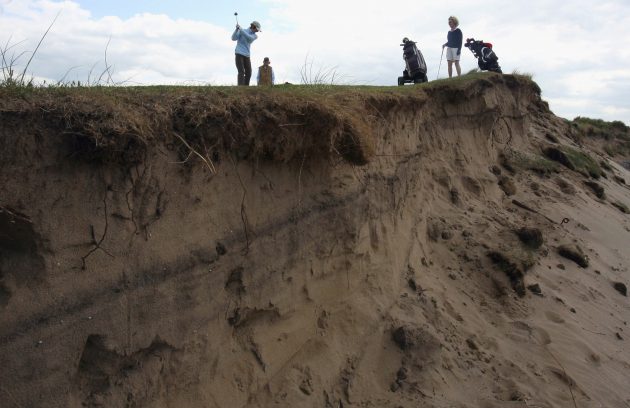
Tidal flooding left rocks and debris strewn across the course.
The 7th and 8th holes are now under imminent threat from further high tides.
Worryingly, there are currently no plans to prevent the ingress of the Atlantic.
RND is set on a site of specific scientific interest on the Northam Burrows outside Westward Ho! and the land is controlled by Natural England.
In a statement on the recent erosion, Natural England said: “The dunes and shingle ridge are naturally dynamic coastal features and subject to constant change.”
They have no intention of acting to save this land.
“We can move the holes at considerable cost, but we would of course like to remain on the historic layout we have here,” said RND general manager Mark Evans.
“We’d be devastated to lose the holes, but we can fight neither climate change nor government policy.
"It’s frustrating that there seems to be no desire at the higher levels to save this land.”
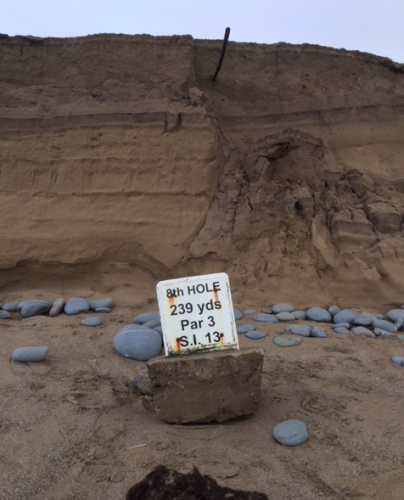
The situation at RND is distressing for all golf lovers, but it is by no means the only club and course that has faced, or is facing, a battle against nature.
On the north-east coast of Scotland, Montrose Links has been under significant threat from coastal erosion and there is a fear that if it continues, the town itself could be at risk.
The links, upon which golf has been played for 450 years, has already lost high tees for the 3rd hole, the 2nd has been re-routed and rock armour has been installed to protect the 1st green and 2nd tees.
But the feeling is that significant further action is required.
“If Montrose does not receive government funding to protect the dunes, it would be a big, big problem,” said Chris Curnin, speaking on behalf of Montrose Golf Links Limited.
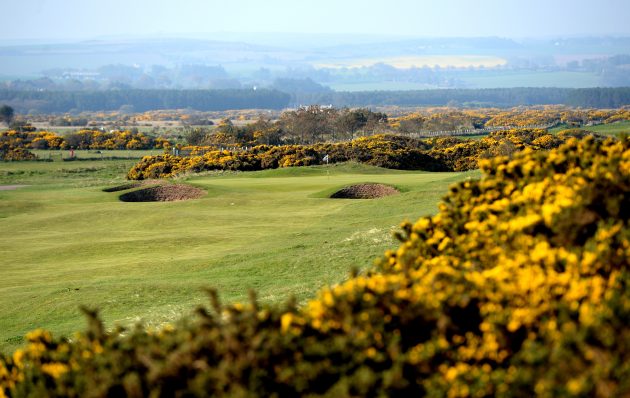
“We would have to move the course inland. That would cost millions and would mean losing a slice of golfing history.”
And there are others: Sheringham Golf Club in Norfolk has had to move greens in response to cliff falls over the years; in 2014, storms took part of the 12th green at Aberdovey; East Devon Golf Club has also taken preventative measures to move holes.
At Brancaster in Norfolk in 2014, huge tidal flooding caused £1.2 million worth of damage.
The Climate Coalition report makes for worrying reading.
The suggestion is that if sea levels continue to rise then our beloved links courses could go under.
This would not only be devastating for domestic golfers, it would also be a blow for tourism and the British economy.
Expand Parts Of England’s Oldest Golf Course Washed Away Into The Sea

Parts Of England’s Oldest Golf Course Washed Away Into The Sea
Royal North Devon has lost around 50 yards…
Expand Climate Change Could Wipe Out All Links Courses By 2100

Climate Change Could Wipe Out All Links Courses By 2100
The Climate Coalition today released a report, predicting…
The threat of flooding isn’t always from the sea.
When Storm Aileen hit in September 2017, flooding caused by water running down off the hills sent huge landslides surging down across the links at Cullen on the Moray Firth.
It was only through internet crowd funding that the club was able to repair its Old Tom Morris-designed track.
And then there’s the risk from swollen rivers.
As 2015 turned to ‘16, Storm Frank caused the River Dee in Aberdeenshire to burst its banks.
The golf courses at Ballater, Peterculter, Deeside and the Paul Lawrie Golf Centre were completely inundated.
The very fact we now have names for these regular storm surges suggests our battle with a changing climate is intensifying.
Throw in global trends like rising sea levels and it’s clear the next decades could be very challenging for the golf courses that form part of Britain’s cultural history.
Battening down the hatches may not be enough.
Article originally printed in the May issue of Golf Monthly magazine

Fergus is Golf Monthly's resident expert on the history of the game and has written extensively on that subject. He has also worked with Golf Monthly to produce a podcast series. Called 18 Majors: The Golf History Show it offers new and in-depth perspectives on some of the most important moments in golf's long history. You can find all the details about it here.
He is a golf obsessive and 1-handicapper. Growing up in the North East of Scotland, golf runs through his veins and his passion for the sport was bolstered during his time at St Andrews university studying history. He went on to earn a post graduate diploma from the London School of Journalism. Fergus has worked for Golf Monthly since 2004 and has written two books on the game; "Great Golf Debates" together with Jezz Ellwood of Golf Monthly and the history section of "The Ultimate Golf Book" together with Neil Tappin , also of Golf Monthly.
Fergus once shanked a ball from just over Granny Clark's Wynd on the 18th of the Old Course that struck the St Andrews Golf Club and rebounded into the Valley of Sin, from where he saved par. Who says there's no golfing god?
-
 Rory McIlroy's Sports Psychologist Explains Why He 'Didn't Talk' To Bryson DeChambeau In Masters Final Round
Rory McIlroy's Sports Psychologist Explains Why He 'Didn't Talk' To Bryson DeChambeau In Masters Final RoundDeChambeau raised eyebrows at Augusta National when claiming that McIlroy wouldn't engage in conversation during the final round of The Masters
By Jonny Leighfield
-
 RBC Heritage 2025 Picks, Odds And Predictions
RBC Heritage 2025 Picks, Odds And PredictionsAfter a thrilling week at The Masters, the PGA Tour returns to Harbour Town Golf Links and the fifth Signature Event of 2025
By Matt Cradock
-
 7 Most Annoying Golf Playing Partners
7 Most Annoying Golf Playing PartnersWe showcase the seven most annoying playing partners that golfers can have the misfortune of teeing it up with!
By Sam Tremlett
-
 How To Clean Golf Clubs And Grips
How To Clean Golf Clubs And GripsIf you want to know how to clean golf clubs and grips, check out this step-by-step guide
By Sam Tremlett
-
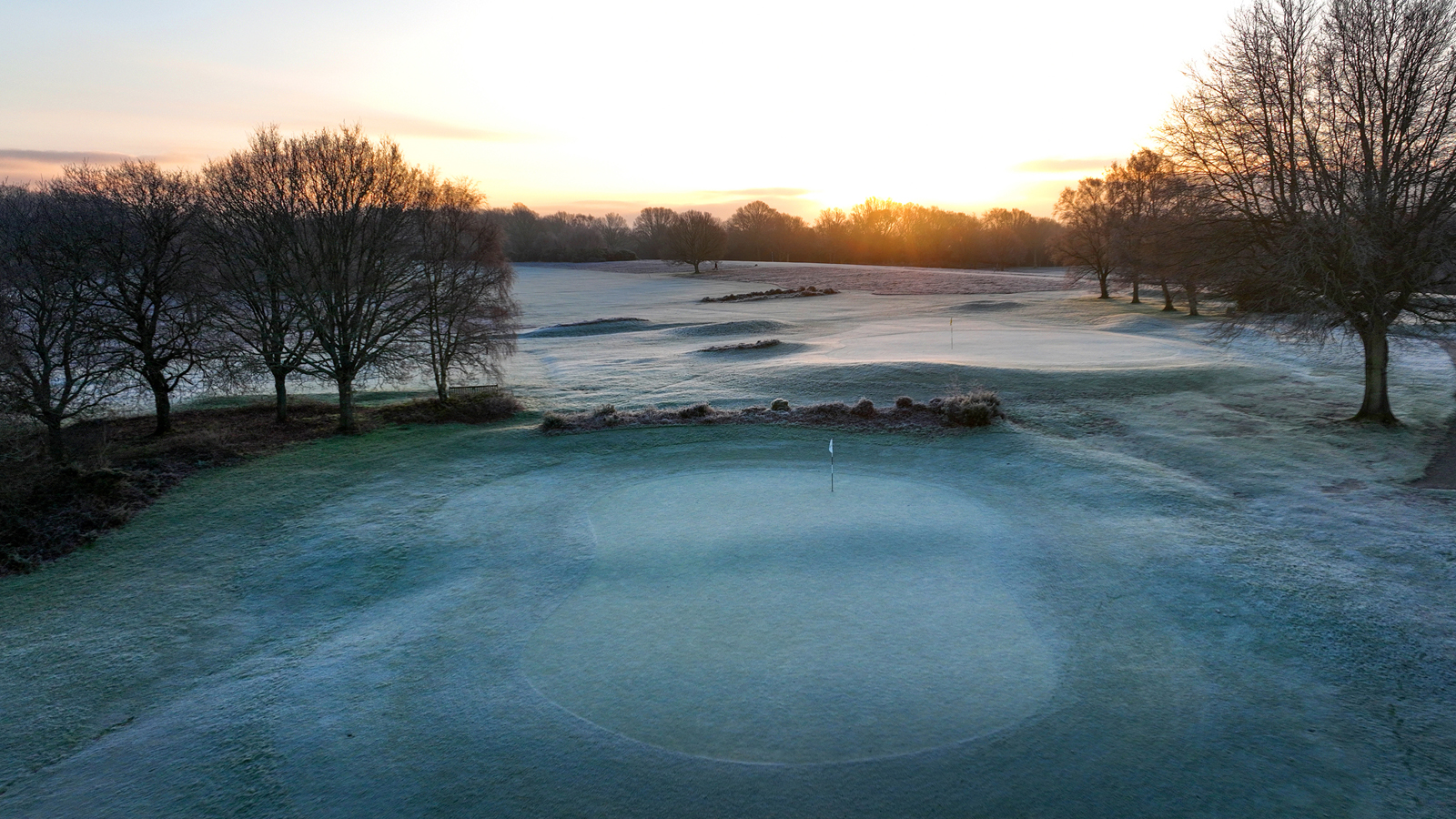 In Praise Of Golfing In Winter
In Praise Of Golfing In WinterFergus Bisset on why he enjoys playing golf through the winter months
By Fergus Bisset
-
 'Why Do Golfers Only Wear One Glove?' You Asked Google And We've Got The Answer...
'Why Do Golfers Only Wear One Glove?' You Asked Google And We've Got The Answer...You asked Google and we've got the answer...
By Roderick Easdale
-
 How To Regrip Golf Clubs
How To Regrip Golf ClubsKnowing how to regrip golf clubs means you can afford to replace them as and when they need replacing
By Joe Ferguson
-
 The 7 Scariest Shots in Golf
The 7 Scariest Shots in GolfWith Halloween creeping up, we have selected the 7 scariest shots in golf
By Neil Tappin
-
 17 Ways To Tell You're Obsessed With Golf
17 Ways To Tell You're Obsessed With GolfThe tell-tale signs that you are a true golf fanatic
By Roderick Easdale
-
 10 Of The Best Arnold Palmer Quotes
10 Of The Best Arnold Palmer QuotesHere we take a look at 10 of our favourite Arnold Palmer quotes
By Roderick Easdale